Korean skincare has taken the beauty world by storm, with countless viral videos showing off products that leave your skin looking like it’s been kissed by angels. The buzz is all about achieving that fresh, radiant glow that seems almost otherworldly. It’s no surprise that everyone’s jumping on board—who wouldn’t want skin that looks this naturally luminous?
With ingredients straight from nature’s playbook, K-beauty products promise not just to pamper your skin but to transform it into a glowing masterpiece.
K-Beauty’s Global Takeover: The Story Behind the Trend

The viral rise of Korean skincare, often referred to as K-beauty, can be traced back to the mid-2010s when the trend started to gain traction outside of Korea, largely thanks to the influence of K-pop and K-dramas.
The 10-step skincare routine, which was popularized on platforms like YouTube, introduced a global audience to the meticulous and effective skincare practices of Korea. As K-pop icons like BlackPink and NewJeans became global beauty symbols, their flawless, dewy skin only fueled the demand for Korean skincare products.
Social Media Is Setting The Next Trend
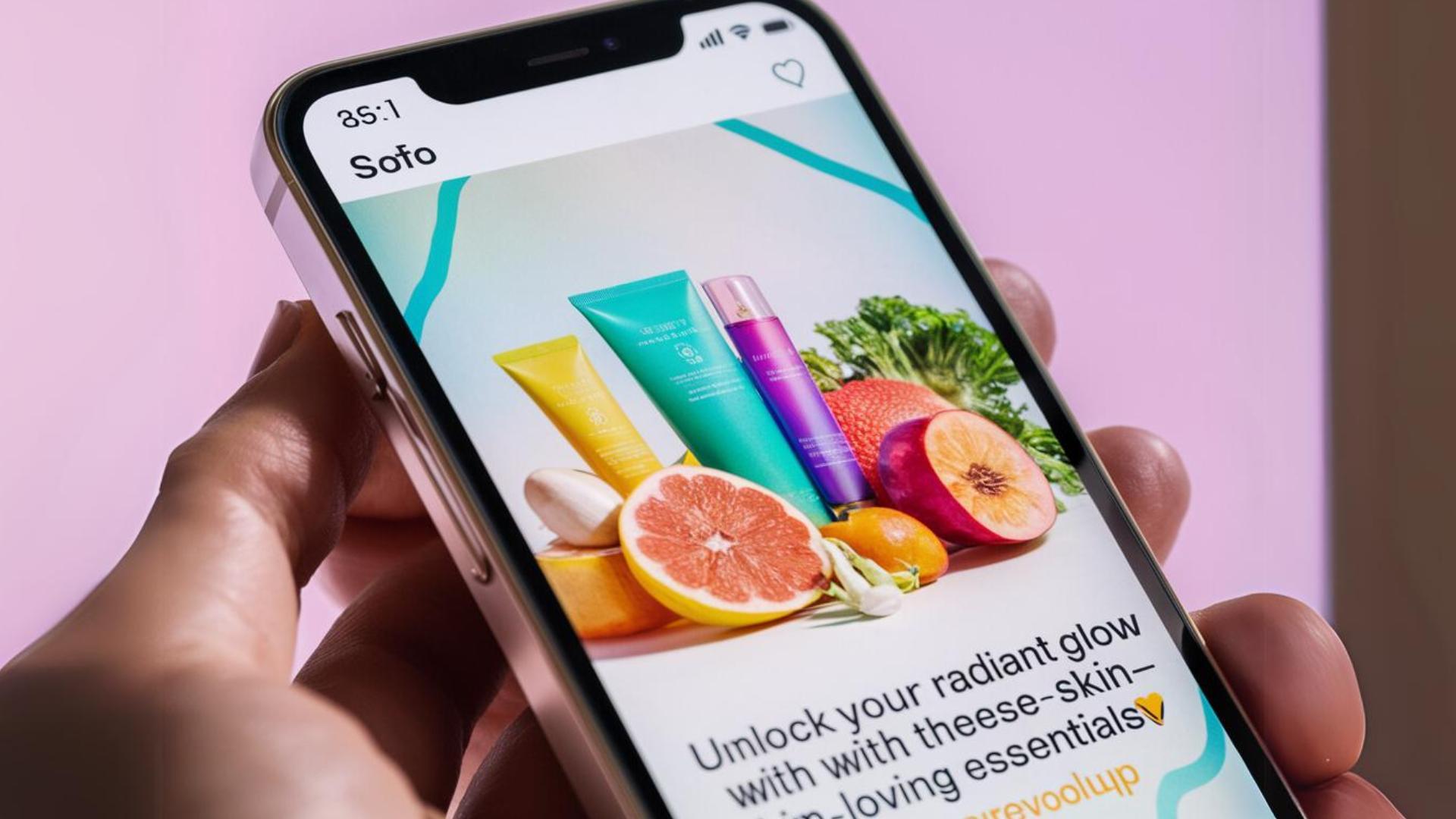
This trend was further propelled by social media, where beauty influencers and enthusiasts shared their experiences with K-beauty products, leading to a cascade of viral content.
The trend’s success is also attributed to the innovation behind these products, with Korean brands continuously pushing the boundaries of skincare science, making them not just popular but also highly effective.
From Garden to Glow: The Magical Snail Mucin Serum
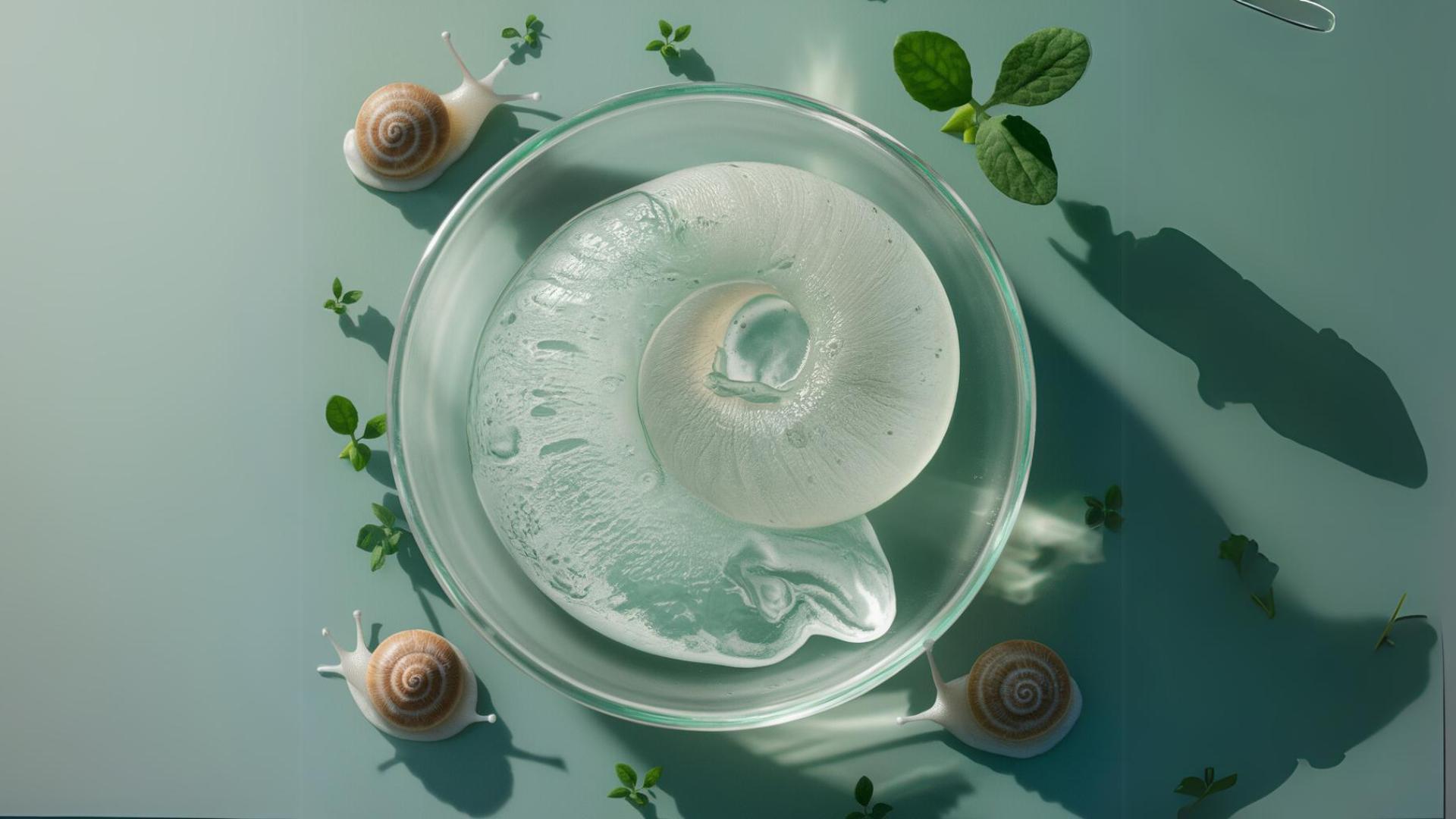
You can’t talk about Korean skincare without thinking of snails—yes, snails. We’ve all seen the viral posts on social media, showcasing the slimy, yet somehow intriguing, snail mucin products that promise glowing, youthful skin. At first glance, the idea of smearing snail secretion on your face seemed like a bizarre, even crazy trend.
Yet, curiosity got the best of us, and many were willing to “sacrifice” their skin to see if this odd ingredient could really deliver on its promises. The results? Keep Scrolling to find out!
Do Any Snails Get Hurt? The Process Behind Snail Mucin
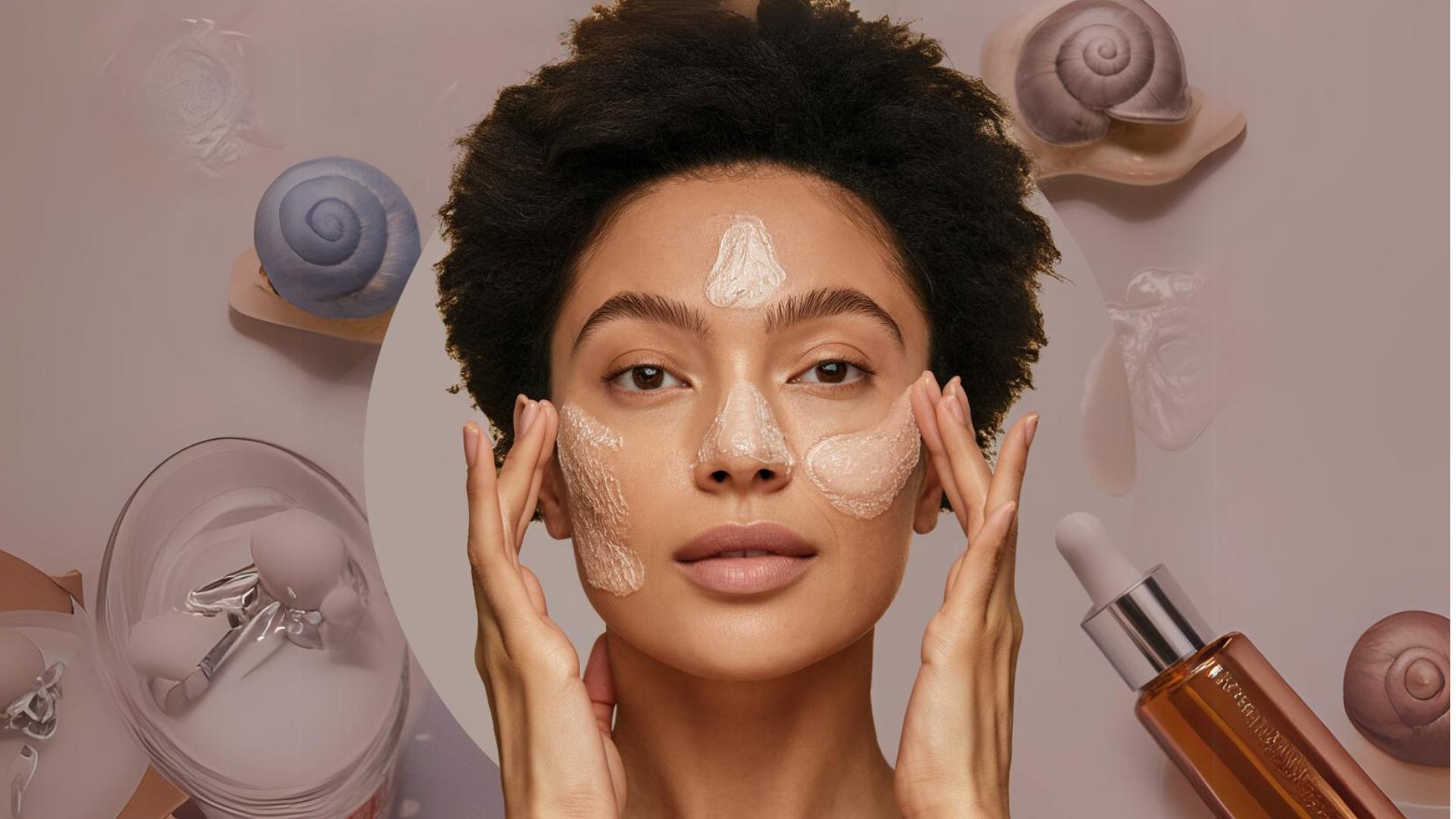
Snail mucin, often referred to as “snail slime,” has become a cornerstone of Korean skincare, and its production process is as fascinating as its benefits. Snail mucin is the secretion produced by snails, which they use to help them move and protect their delicate bodies. In skincare, this secretion is harvested in a humane and sustainable manner. Typically, the snails are placed in a comfortable, natural environment where they can move freely over a mesh. This setup allows the snails to produce mucin without being harmed or stressed.
The harvested mucin is rich in beneficial compounds like hyaluronic acid, glycolic acid, and various proteins, which have been scientifically shown to provide numerous skincare benefits. These include deep hydration, improved skin barrier function, enhanced collagen production, and accelerated healing of skin damage.
Snail Slime for Skincare? Who Thought of That?!
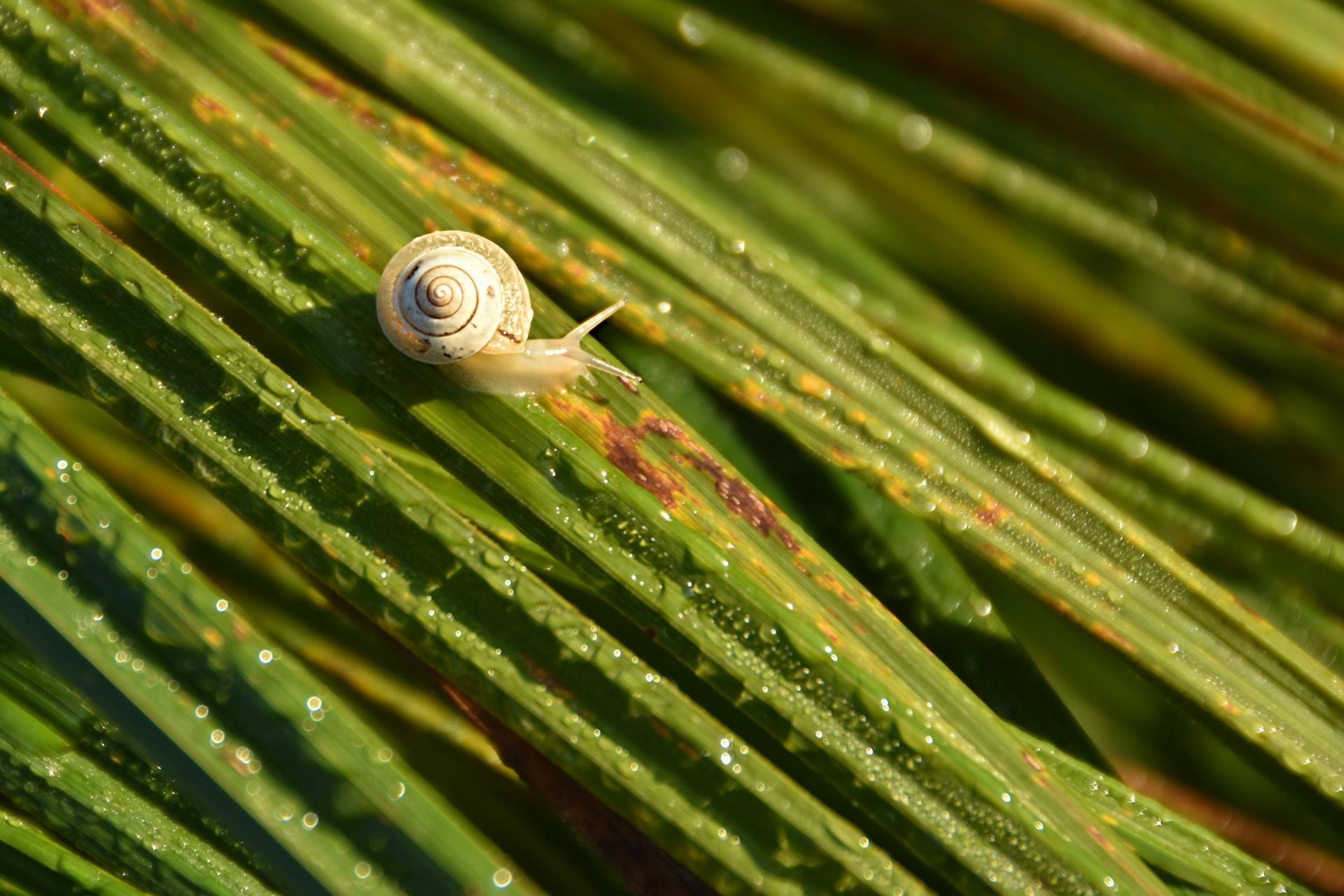
Back in the 1980s, Chilean snail farmers were more focused on serving up snails as a delicacy than revolutionizing skincare. But they couldn’t help but notice something peculiar—their hands, constantly in contact with the snails, were unusually soft and healed faster than usual.
This quirky observation didn’t just end as dinner conversation; it caught the attention of researchers who dove into the slimy world of snail secretion. What they found was a goldmine for skincare!
Some More Benefits To Get You Convinced
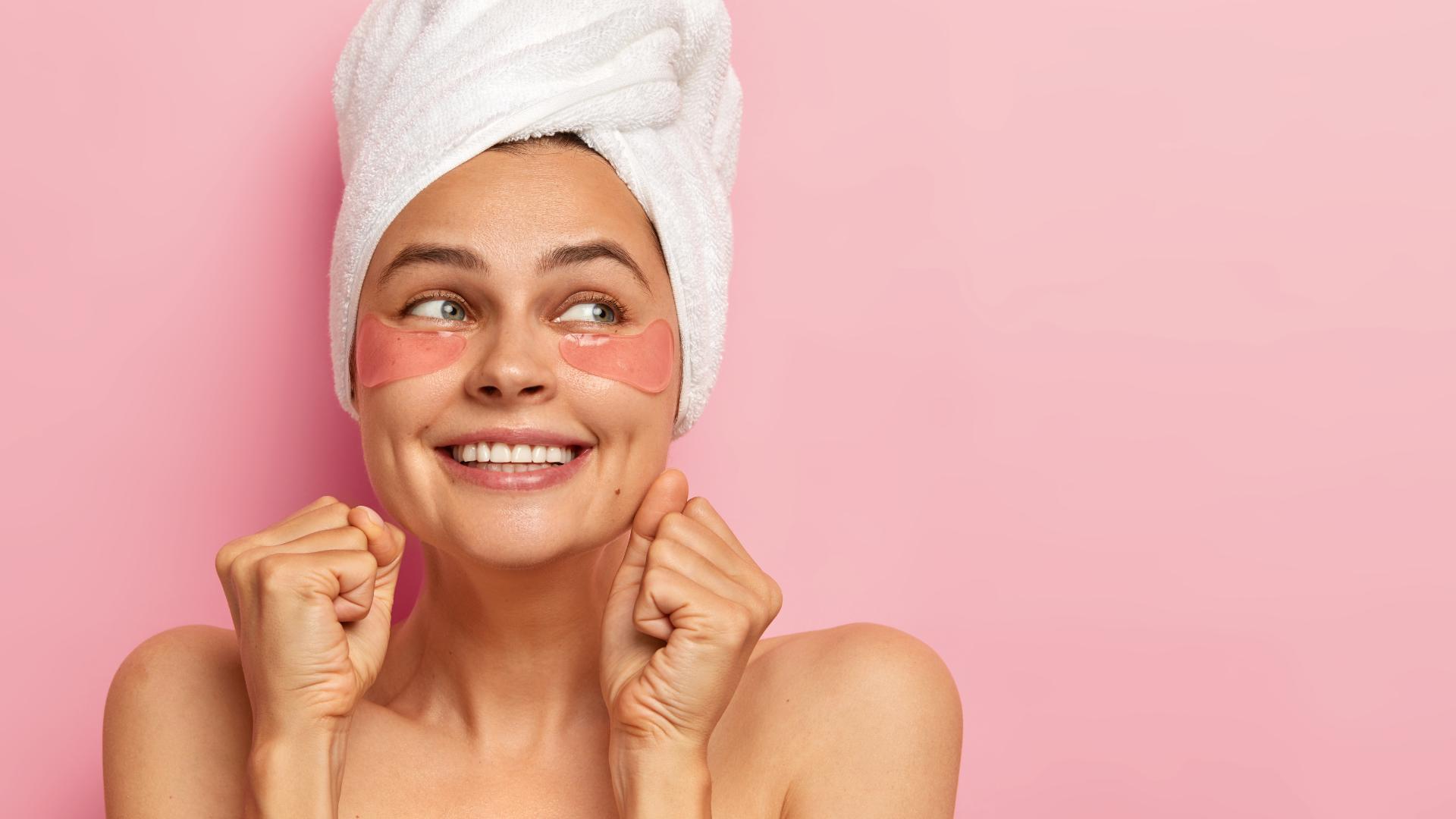
Beyond serums, snail mucin is used in a variety of skincare products including creams, sheet masks, and essences. Its ability to cater to different skin types—whether dry, sensitive, acne-prone, or aging—has contributed to its widespread popularity in the skincare world.
Snail mucin is non-comedogenic, meaning it doesn’t clog pores. This makes it suitable for people with oily or combination skin, providing moisture without the heaviness that can exacerbate acne or other skin issues
Ready to Glow? Here’s What Else to Add to Your K-Beauty Shopping Bag!
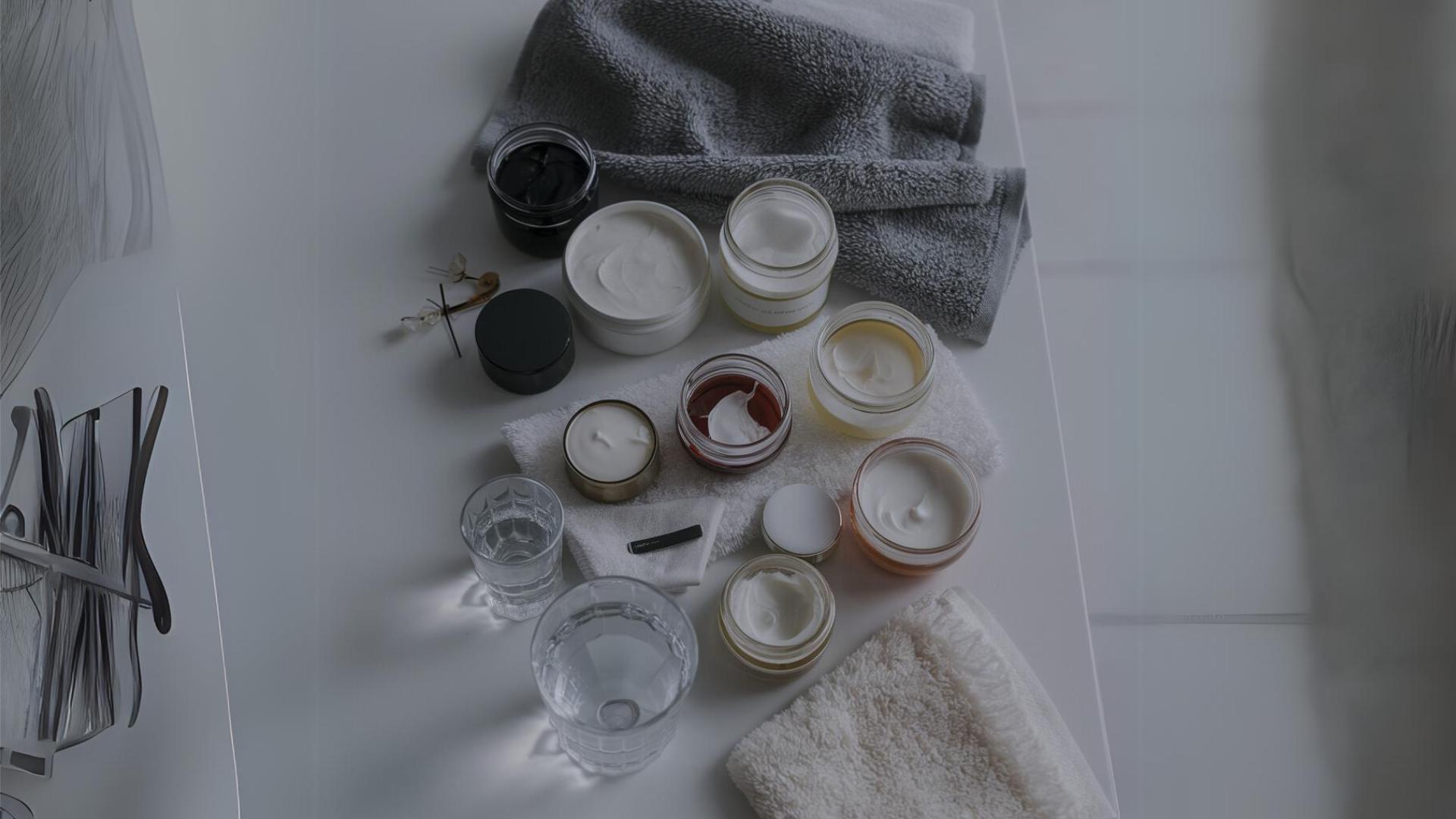
Cica, short for Centella Asiatica, is a plant that has been used for centuries in traditional medicine, particularly in Asia. It’s especially popular in products aimed at sensitive or irritated skin.
Cica is known for its ability to calm redness, reduce inflammation, and strengthen the skin’s barrier, making it a staple in moisturizers, creams, and serums designed to repair and rejuvenate the skin.
Slimy Meets Sticky: Snails and Bees in K-beauty
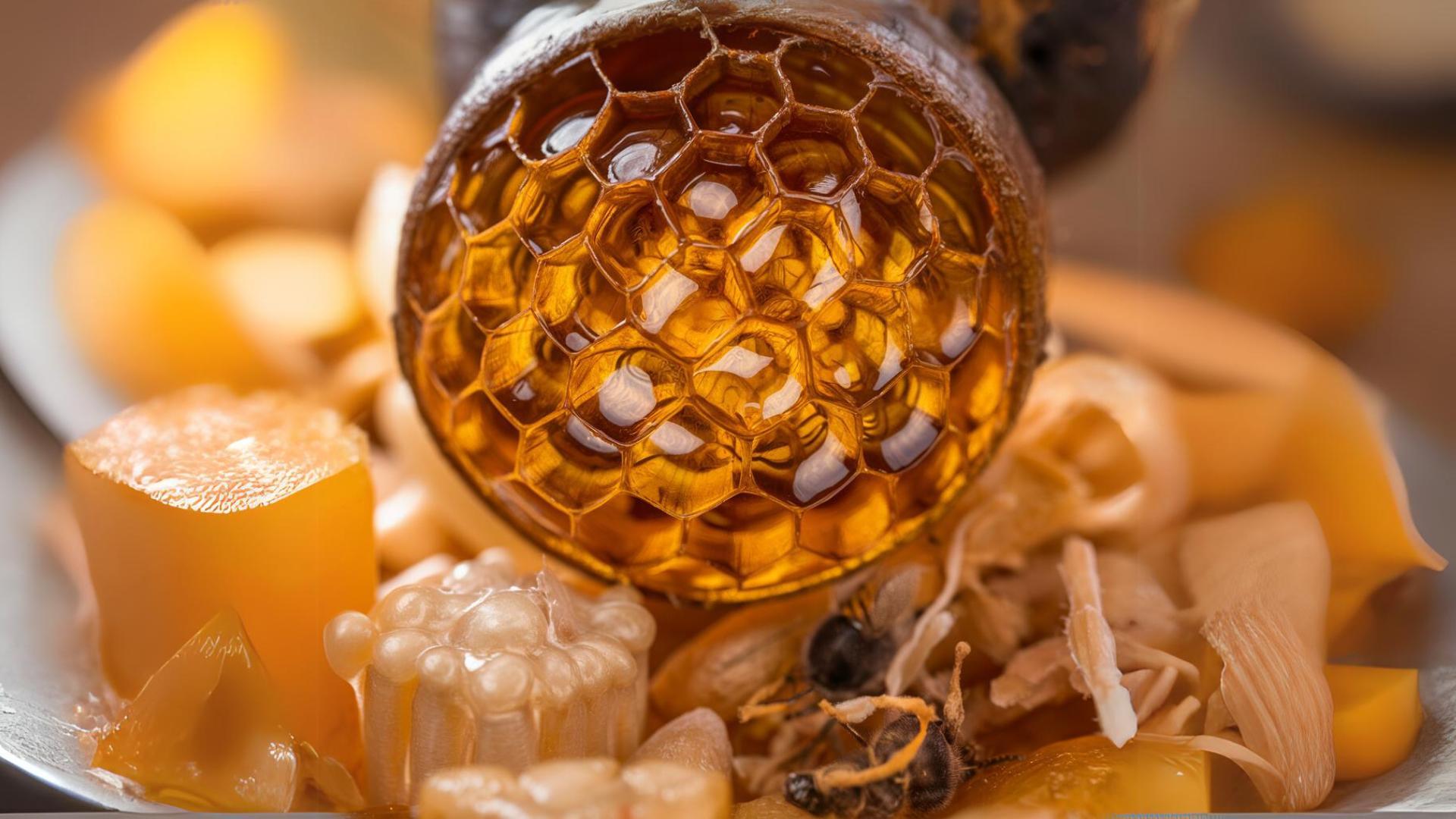
Propolis, a resinous mixture produced by bees, is gaining traction in K-beauty for its antibacterial, anti-inflammatory, and healing properties. It’s being lauded for its ability to soothe irritated skin, reduce redness, and provide a natural glow.
Propolis is particularly popular in serums and ampoules, offering a perfect solution for those dealing with acne-prone or sensitive skin while providing deep hydration and a radiant finish.
Dive In, But Make Sure They’re Right for Your Skin

Thanks to social media, we’ve been able to dive headfirst into this realm where snails, bees, and even seaweed are your skin’s new best friends. Who would have thought that smearing snail slime on your face or slathering on propolis (a sticky substance from bees) could give you that coveted K-beauty glow?
But before you rush to fill your shopping cart with these natural wonders, remember that not every trend is a perfect fit for everyone. It’s crucial to check if these ingredients are right for your skin type—what works wonders for one person might not work the same for you. So, embrace the adventure, but always do a little homework to make sure your skin will love it just as much as you do!

